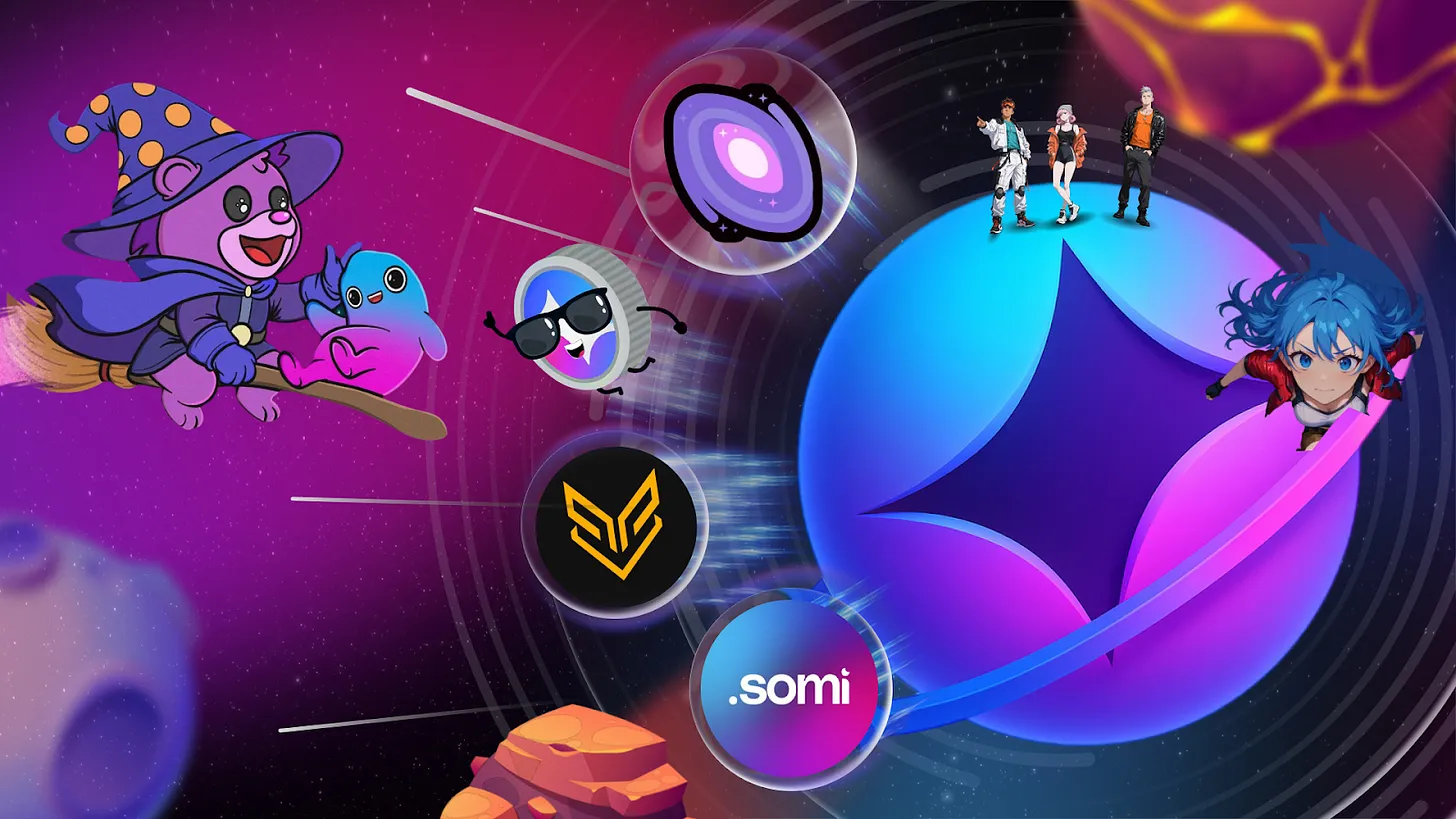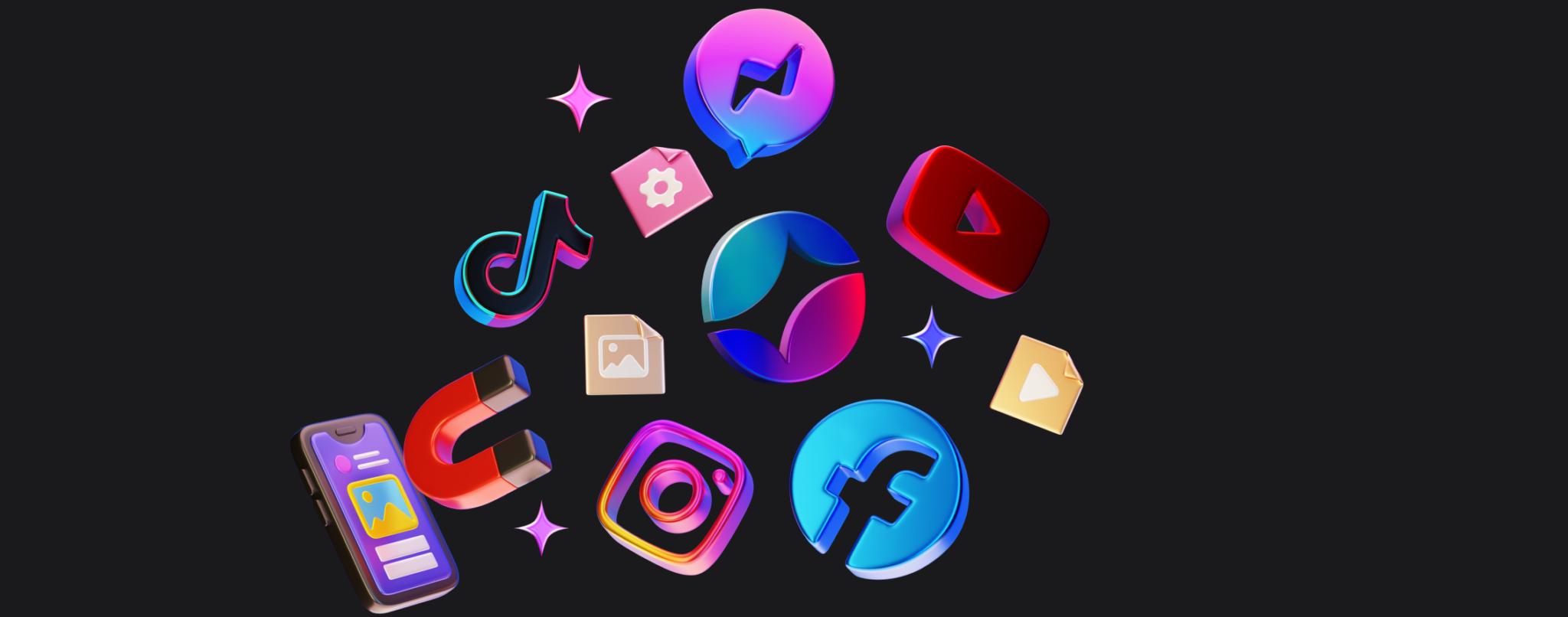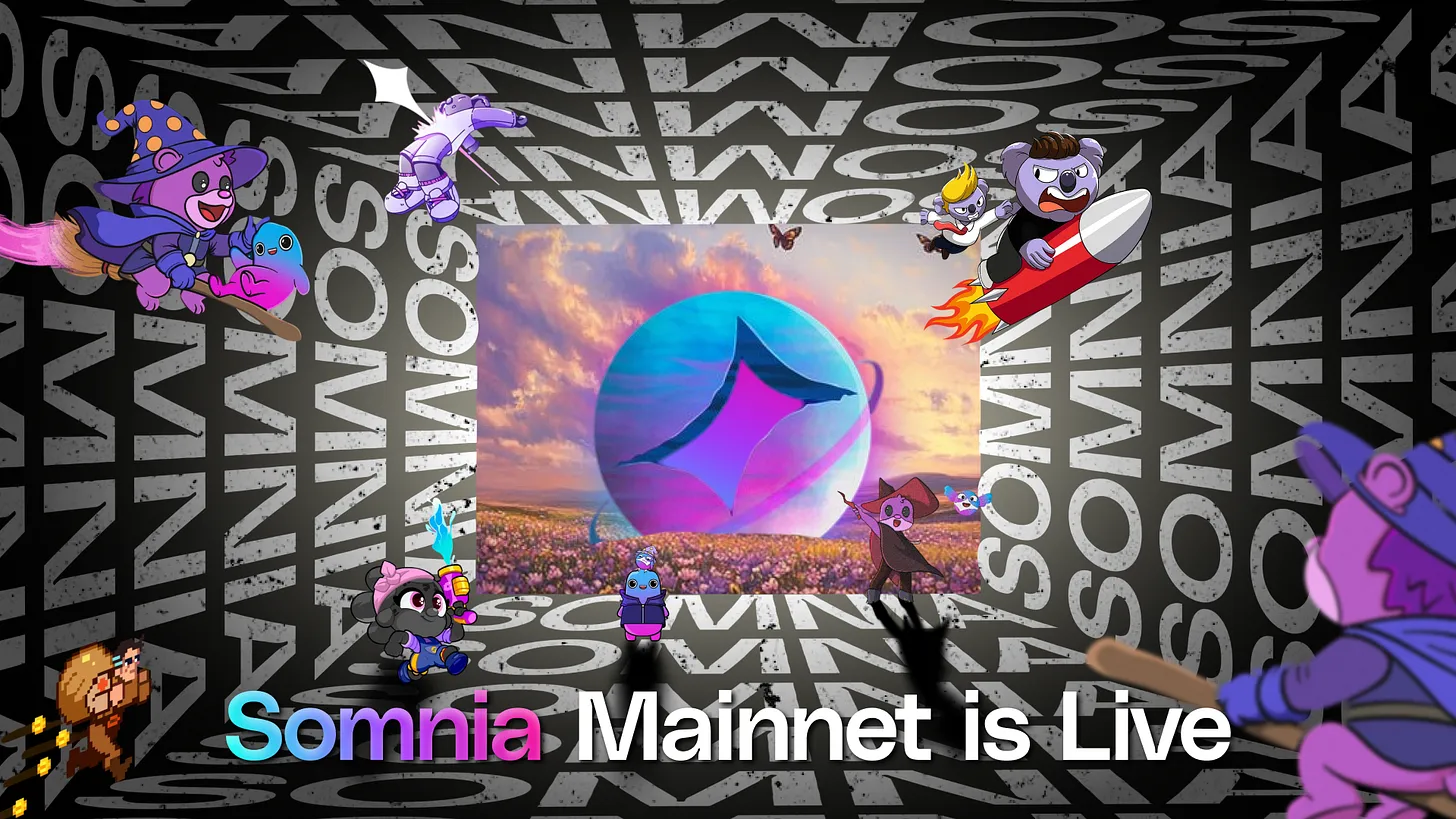
What’s The Next Evolution For Social Media?

Social media has changed the world, but the existing platforms no longer capture the attention they once did, and over the years they have been shown to have many design and incentive problems.
Applications that promised to connect the world and bring us together, have actually pushed us further apart with algorithms that provoke anger and create echo chambers.
There are constant battles over freedom of speech and censorship, or the inauthentic amplification of certain topics. Many people have built their businesses on these platforms, only to have their livelihood put at risk over format and algorithm changes.
Web3 Vision and Limitations
Luckily, some incredible solutions have been popping up in Web3 thanks to blockchain technology, which could usher in a new era for social media. With blockchain, users can now have more control over their accounts and data, with the ability to own their profiles and their social graphs.
This means that if a user builds a big following on a specific platform, they can easily move their content and their friends anywhere else they want, instead of getting locked into a dying platform. This way, you won’t need to entirely rebuild your following when you try out a new application.
Blockchain also opens the door for decentralization and community ownership, with users having the ability to participate in governance and earn rewards for their participation in the ecosystem.
However, the current state of blockchain technology has some limitations when it comes to speed and scale, so platforms need to either sacrifice the user experience, or move a lot of the application off-chain, which usually ends up sacrificing on decentralization and limits how much developers can actually do. This will often make the user experience in Web3 worse than Web2, so it seems like a downgrade instead of an upgrade for many people, especially those that don’t immediately see the value in the new financial features.
The Next Evolution for Social Media
For Web3 applications to reach mass adoption, they can’t just focus on the financial features. The applications need to be better than the ones that people are using today, in addition to giving people the ability to earn rewards or participate in governance.
Creating these types of next-generation applications won’t be possible with hybrid approaches where some functions are on-chain and others are off-chain. These applications need to be brought fully on-chain, and the host blockchain needs to have the throughput capabilities for experiences that can compete with Facebook, Twitter and Instagram.
An Economic Necessity
As AI advances, our economy is going to shift in radical ways, and many of the jobs that we know today will no longer exist. More of the economy will move towards entertainment and leisure activities, much of which will be happening online and in games. This means that the platforms where these experiences and games are hosted will be at the center of the global economy.
This presents a problem because when so much power and wealth is centralized into a few corporations like that, things can start to go very wrong in society. We are starting to see the very early stages of this now, with the global wealth gap widening because of how wealth is being centralized by the dominant online platforms. A very similar situation will likely play out with AI companies as well, since they will also be at the center of the global economy.
This is why decentralization and community ownership of next-generation applications is so important, it’s going to be necessary for a thriving and peaceful society. The applications of the future should be owned and governed by community DAOs, instead of massive monopolies that make money by spying on us so they can serve us ads.
The Path Forward
So how can all of this be achieved? We need to start with a blockchain that can actually handle the amount of data and transactions that are required for high quality applications. This is the only way to bring these applications fully on-chain, so users can have the experience of Web2 with the features and advantages of Web3.
This is why Somnia is building a high performance blockchain that can handle over 300k transactions per second. With these capabilities, Somnia can host decentralized exchanges that have the same user experience and features that centralized exchanges do, and host Web3 social media applications that feel like Facebook, Twitter or Instagram. Gaming can also be improved by bringing all game logic on-chain, in addition to the tokens and NFTs associated with the games.
With Somnia’s capabilities, Web3 social media applications can be fully on-chain, with immutable identities and community ownership. Imagine if you could access all of the followers from every social network that you have put effort into growing, even if those original platforms are no longer popular.
Your reach would continue to extend to these followers regardless of which platform they have moved onto. Or imagine being able to vote against an algorithm change, or vote for new features on a regular basis. There’s also the ability to earn rewards, which is always everyone’s favorite topic.
This is the future social media landscape that we are hoping to enable with Somnia. Join our community and stay tuned for more information on our upcoming whitepaper, where you can take a deeper look into what makes Somnia possible.
Stay updated with Somnia
Twitter – Discord – Telegram – Reddit – Lightpaper – OnePager



